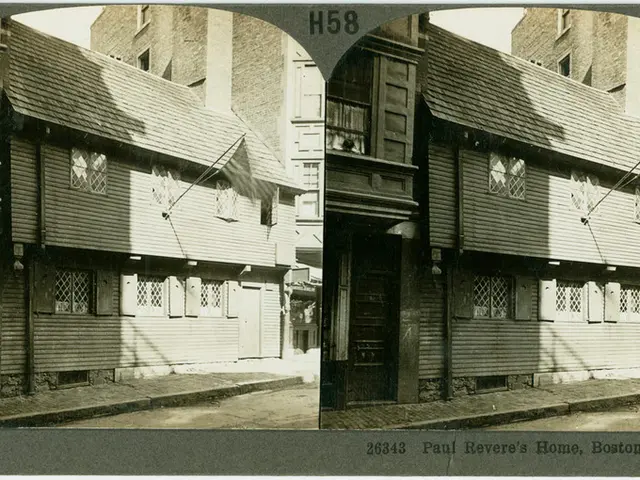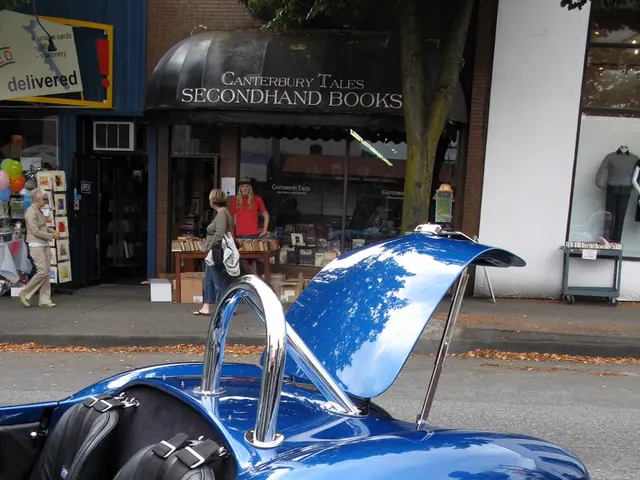Sustainable Development Strategy: Design for a Long-term, Environmentally Friendly Society
The concept of a circular economy is gaining traction as more companies, governments, and individuals recognise its potential to drive large-scale change towards a resilient, resource-efficient, and low-waste economy. This approach, which focuses on extending product value and life, promotes principles such as long-product life, resource recovery, and the adoption of circular practices.
At the heart of the circular economy is the idea of extending product value, which involves designing products for durability, repair, upgradability, services, warranties, and repairability. This approach not only benefits the environment by reducing waste but also offers economic advantages through extended product lifespans.
Another key principle is Retain Product Ownership (RPO) or Product as a Service (PaaS), which allows businesses to lease or rent products, shifting the responsibility for disposal or re-entry into the economy to the producer. This model encourages the production of high-quality, long-lasting products and promotes a more sustainable business model.
The CII-ITC Centre of Excellence for Sustainable Development (CESD) is a key player in promoting the principles of circular economy in the Indian Industry. Through stakeholder engagements, capacity development, site certifications, and awareness sessions, the CESD works with Indian Industry to implement circular economy practices.
Examples of companies engaged in circular economy practices can be found across the globe, with Germany leading the way. Zinq from Gelsenkirchen, a leader in sustainable steel galvanizing and recycling, aims for zero carbon, zero waste, and full recyclability of materials. KNIPEX in Wuppertal actively implements environmental management, recycling loops, and energy efficiency. Bio-Lutions produces packaging materials from agricultural residues, representing prominent cases of reuse, demanufacturing, recycling, and resource recovery within Germany's circular economy model.
Resource recovery is a circular economy strategy that focuses on the end stages of the usage cycle, recovering materials and resources for economic benefit and sustainability. By adopting resource recovery strategies, entities can reduce their environmental footprint and contribute to a more sustainable future.
As more entities adopt circular economy principles, the vision of a sustainable economy is becoming closer. By embracing circularity at every level, industry can move towards a more sustainable future, creating a world where resources are used efficiently, waste is minimised, and products are designed to last. This shift towards a circular economy is not just an environmental necessity, but also an economic opportunity that promises a more resilient and prosperous future for all.








